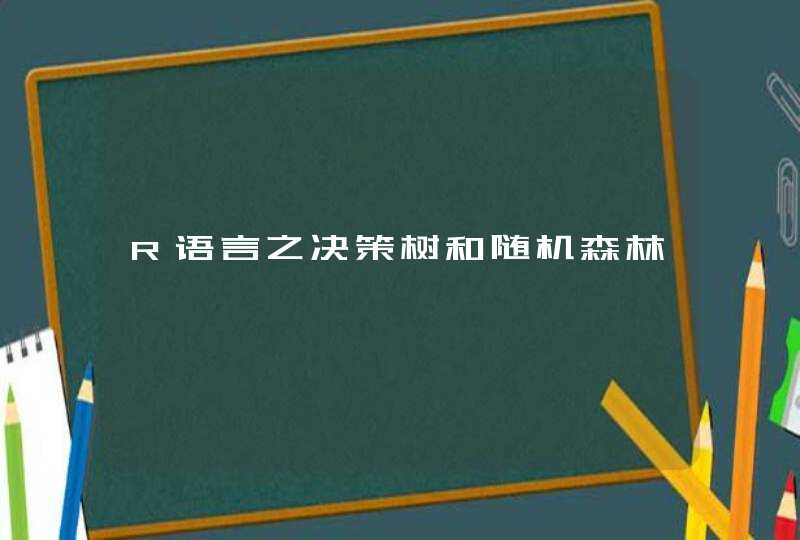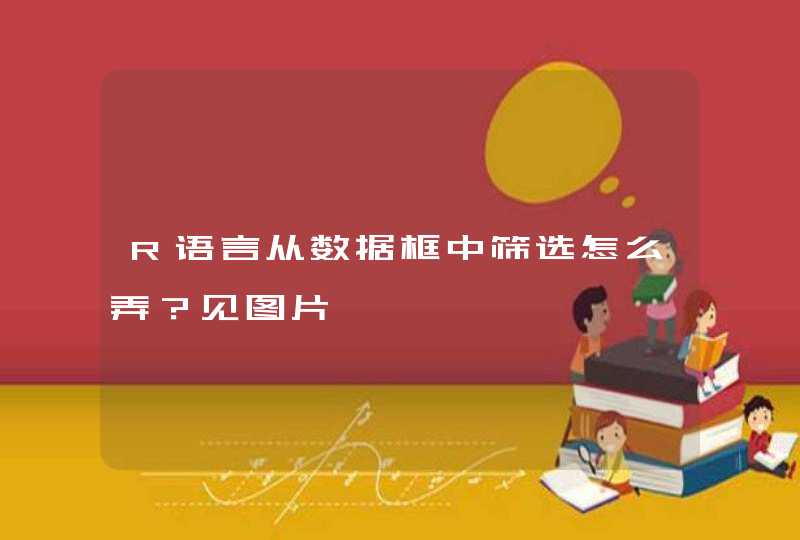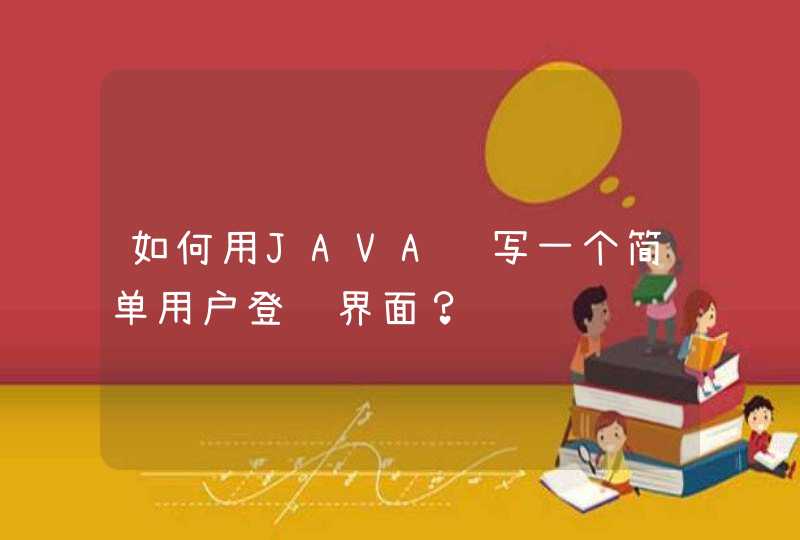
本文分析利用IBM离职员工数据进行分析。在对离职率的影响因素进行观察的基础至上,建立模型并预测哪些员工更易离职。
一般而言,数据分析分为三个步骤:数据收集与清洗、探索性分析和建模预测。本文的数据集是IBM用于研究员工预测的 模拟数据 ,数据十分完整,无需清洗。因此,本文主要分为三个部分:
通过对IBM离职员工数据实践,本文希望发掘出影响员工流失的因素,并对利用R语言进行数据分析过程进行复习,深化对数据分析工作意义的理解。
IBM离职员工数据集共有35个变量,1470个观测个案。部分需要重点关注的变量如下:
上述变量可以分为三个部分:
载入分析包和数据集
通过描述性统计可以初步观测到:
分析结果:
基于对数据的探索性分析,员工离职有多方面因素的影响,主要有:
1.工作与生活的不平衡——加班、离家远和出差等;
2.工作投入如果不能获得相匹配的回报,员工更倾向离职;
3.优先股认购等福利是员工较为关注的回报形式;
4.年龄、任职过的公司数量的因素也会影响员工离职率;
删除需要的变量:EmployeeCount, EmployeeNumber, Over18, StandardHours
变量重新编码:JobRole, EducationFiled
分析结果表明:
随机森林所得的AUC值为0.5612,小于决策树模型。
GBM模型得到的AUC值为0.5915
对于对于随机森林和GBM的方法,AUC值小于单一决策树模型的AUC值的情况较少见,这显然说明单一的树拟合得更好或者更稳定的情况。(一般需要得到AUC值大于0.75的模型)
当结果分类变量之间的比列是1:10或者更高的时候,通常需要考虑优化模型。本例中,离职变量的比列是1:5左右,但仍然可能是合理的,因为在决策树中看到的主要问题是预测那些实际离开的人(敏感度)。
加权旨在降低少数群体中的错误,这里是离职群体。
向上采样(up-sampling)指从多数类中随机删除实例。
向下采样(down-sampling)指从少数类中复制实例。
分析结果表明:
加权调整的模型表现最好,相比较于单纯的随机森林和GBM模型,AUC值从0.5612上升至0.7803,灵敏度也达到了0.7276。据此,后续将采用加权调整后的模型进行预测。
已经训练出一个表现较好的模型。将其应用于实践时,需要注意以下几个方面:
可以观察到影响员工流失的前5个因素是:
因此,在实践中就需要注意:
本例中对工作投入高、收入低的员工进行预测。
本例分析仍有需要足够完善的地方,还可以往更多更有意义的地方探索:
R语言基本数据分析本文基于R语言进行基本数据统计分析,包括基本作图,线性拟合,逻辑回归,bootstrap采样和Anova方差分析的实现及应用。
不多说,直接上代码,代码中有注释。
1. 基本作图(盒图,qq图)
#basic plot
boxplot(x)
qqplot(x,y)
2. 线性拟合
#linear regression
n = 10
x1 = rnorm(n)#variable 1
x2 = rnorm(n)#variable 2
y = rnorm(n)*3
mod = lm(y~x1+x2)
model.matrix(mod) #erect the matrix of mod
plot(mod) #plot residual and fitted of the solution, Q-Q plot and cook distance
summary(mod) #get the statistic information of the model
hatvalues(mod) #very important, for abnormal sample detection
3. 逻辑回归
#logistic regression
x <- c(0, 1, 2, 3, 4, 5)
y <- c(0, 9, 21, 47, 60, 63) # the number of successes
n <- 70 #the number of trails
z <- n - y #the number of failures
b <- cbind(y, z) # column bind
fitx <- glm(b~x,family = binomial) # a particular type of generalized linear model
print(fitx)
plot(x,y,xlim=c(0,5),ylim=c(0,65)) #plot the points (x,y)
beta0 <- fitx$coef[1]
beta1 <- fitx$coef[2]
fn <- function(x) n*exp(beta0+beta1*x)/(1+exp(beta0+beta1*x))
par(new=T)
curve(fn,0,5,ylim=c(0,60)) # plot the logistic regression curve
3. Bootstrap采样
# bootstrap
# Application: 随机采样,获取最大eigenvalue占所有eigenvalue和之比,并画图显示distribution
dat = matrix(rnorm(100*5),100,5)
no.samples = 200 #sample 200 times
# theta = matrix(rep(0,no.samples*5),no.samples,5)
theta =rep(0,no.samples*5)
for (i in 1:no.samples)
{
j = sample(1:100,100,replace = TRUE)#get 100 samples each time
datrnd = dat[j,]#select one row each time
lambda = princomp(datrnd)$sdev^2#get eigenvalues
# theta[i,] = lambda
theta[i] = lambda[1]/sum(lambda)#plot the ratio of the biggest eigenvalue
}
# hist(theta[1,]) #plot the histogram of the first(biggest) eigenvalue
hist(theta)#plot the percentage distribution of the biggest eigenvalue
sd(theta)#standard deviation of theta
#上面注释掉的语句,可以全部去掉注释并将其下一条语句注释掉,完成画最大eigenvalue分布的功能
4. ANOVA方差分析
#Application:判断一个自变量是否有影响 (假设我们喂3种维他命给3头猪,想看喂维他命有没有用)
#
y = rnorm(9)#weight gain by pig(Yij, i is the treatment, j is the pig_id), 一般由用户自行输入
#y = matrix(c(1,10,1,2,10,2,1,9,1),9,1)
Treatment <- factor(c(1,2,3,1,2,3,1,2,3)) #each {1,2,3} is a group
mod = lm(y~Treatment) #linear regression
print(anova(mod))
#解释:Df(degree of freedom)
#Sum Sq: deviance (within groups, and residuals) 总偏差和
# Mean Sq: variance (within groups, and residuals) 平均方差和
# compare the contribution given by Treatment and Residual
#F value: Mean Sq(Treatment)/Mean Sq(Residuals)
#Pr(>F): p-value. 根据p-value决定是否接受Hypothesis H0:多个样本总体均数相等(检验水准为0.05)
qqnorm(mod$residual) #plot the residual approximated by mod
#如果qqnorm of residual像一条直线,说明residual符合正态分布,也就是说Treatment带来的contribution很小,也就是说Treatment无法带来收益(多喂维他命少喂维他命没区别)
如下面两图分别是
(左)用 y = matrix(c(1,10,1,2,10,2,1,9,1),9,1)和
(右)y = rnorm(9)
的结果。可见如果给定猪吃维他命2后体重特别突出的数据结果后,qq图种residual不在是一条直线,换句话说residual不再符合正态分布,i.e., 维他命对猪的体重有影响。





































































